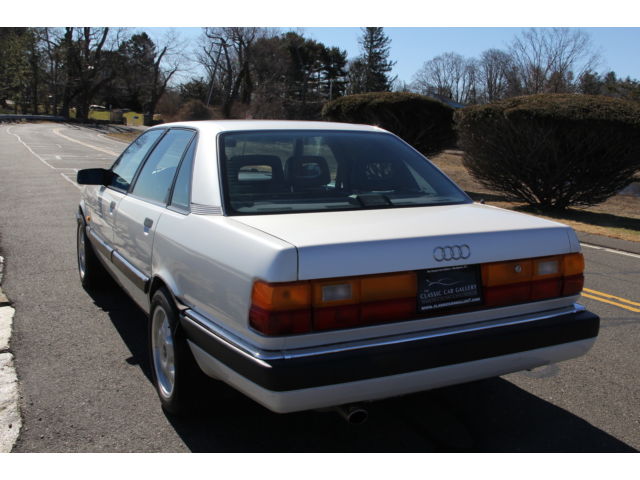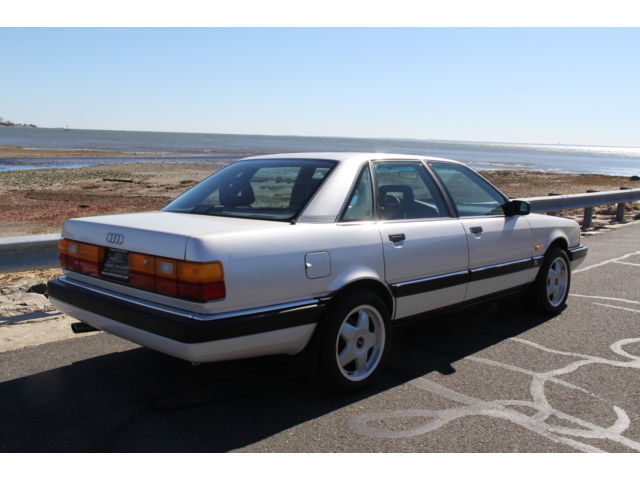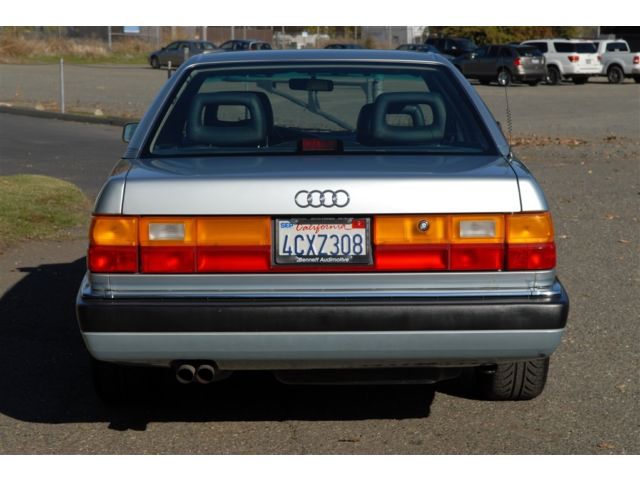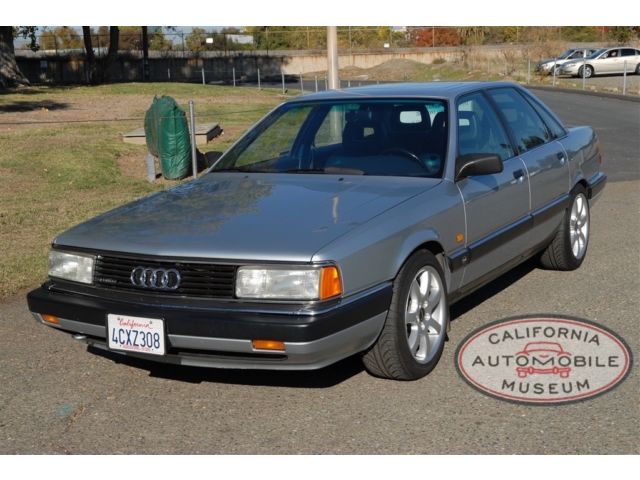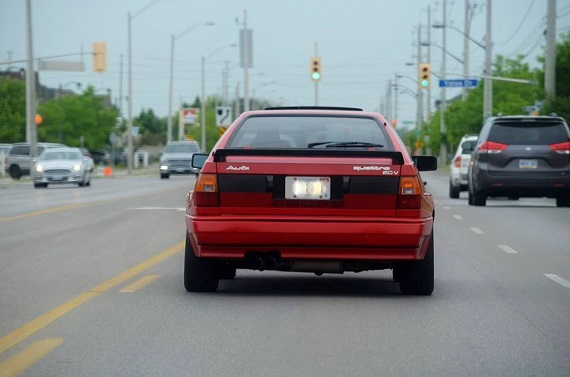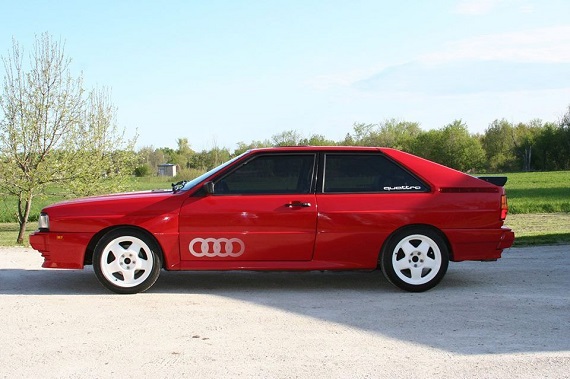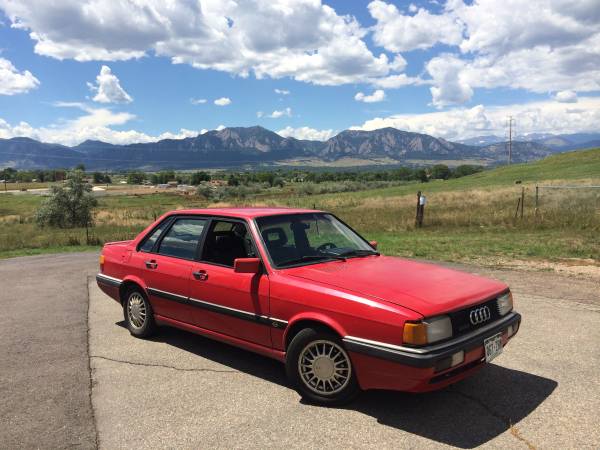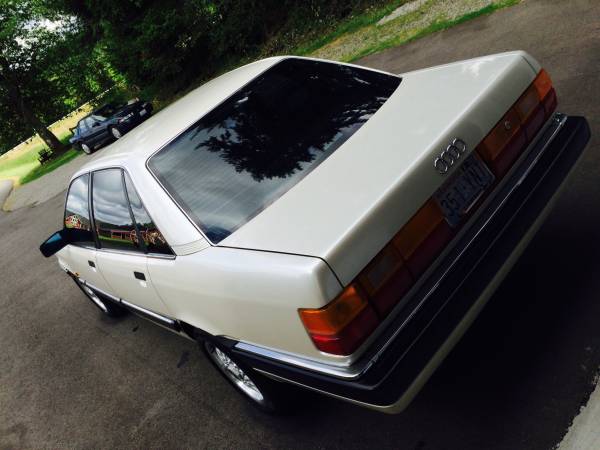Seeing a clean C3 or D11 Audi these days is always cause for celebration, and draws and interesting comparison to the contemporary M5 I featured yesterday. While if you want to get into one of the BMWs you need to look at a lesser example or one with quite high miles (and the potential for accompanying big-ticket repairs) to get it affordable, when it comes to the Audis the same budget buys you one of the best examples on the market. The early 1990s was, for many, the height of Audi’s build quality and design language, though admittedly part of that mystique is surrounded by their near disappearance from the market. Those that were sold are notoriously long lived, and while 250,000 miles on a S38 is enough to make any wallet shudder at the thought of future repair bills, for the 3B and later AAN motor – indeed, for any of Audi’s offbeat inline-5s – that amount of mileage is almost expected. The result, when you look at a nicely preserved example like today’s 1991 200, is almost to feel like the 162,000 miles covered are low. With some tasteful upgrades and in far above average condition, this 200 – one of only around 1,000 sold here – is a great reminder of why these older Audis have gained such a cult following:
Tag: 3B
Contrary to popular belief, most of the elements of the Quattro were not pioneering. It was not the first production car with all four wheel driven – that distinction goes to the Jensen FF, which beat the Audi to market with a luxury 4WD GT by a full 15 years. It was not the first car to introduce turbo technology, as many manufacturers had been playing with forced induction for some time. Notably, some of the team that developed the Quattro came from the halls of Porsche, having worked on projects like the 924 Turbo previously. Even the signature box flares were borrowed from the Group 5 cars that raced in the 1970s. But the Quattro was the first to put all of these elements together and set the blueprint for what would become a fairly standard hot package going forward. The Ford Escort Cosworth, Lancia Delta Integrale, Subaru Impreza 22B, and Golf Rallye are but a few of the many that copied Audi’s trendsetter. And while some that followed were dynamically better than the Audi, it still has a mystique somehow greater than the both the sum of its parts and its inherently flawed design:
CLICK FOR DETAILS: 1983 Audi Quattro on eBay
1 CommentToday’s 10K Friday is something a bit unique; instead of a normal comparison between similarly valued cars, I’m going to chart the development of the venerable Audi inline-5. While, due to a dearth of examples, we won’t go back to the very early days of the I5 in the U.S., I’ve rounded up some of the more notable configurations that the engine appeared in the U.S.. Since, save some exceptions like the legendary Quattro and RS2, nearly every used Audi with this motor fits the under $10,000 limit (or comes close to it), that gives us the opportunity to see Audi’s continual technical changes to the inline-5. Though not as memorable as BMW’s inline-6 or Porsche’s flat-6, this motor was extremely important to the company nonetheless and was a character-defining attribute of Audis for nearly 20 years. So, let’s see how they kept it relevant from the 1970s into the 1990s:
CLICK FOR DETAILS: 1987 Audi 4000CS quattro on Craigslist
4 CommentsFor the best part of two decades, Audi’s signature color was one of its most expensive options. On some models, in fact, Pearlescent White Metallic was the only optional extra you could select. From the original Quattro to the top tier S8, Audi bathed its most expensive models in the multi-stage dynamic paint color. As with most used older Audis, they’re all fairly affordable and offer – generally each in their own way – good value for the initial investment they represent. If you want to maximize the amount of German car you get for your money, look no further. Today I’ve arranged to look at a series of them, ranging from nearly the beginning to the end of the run. Which is your favorite and why?
